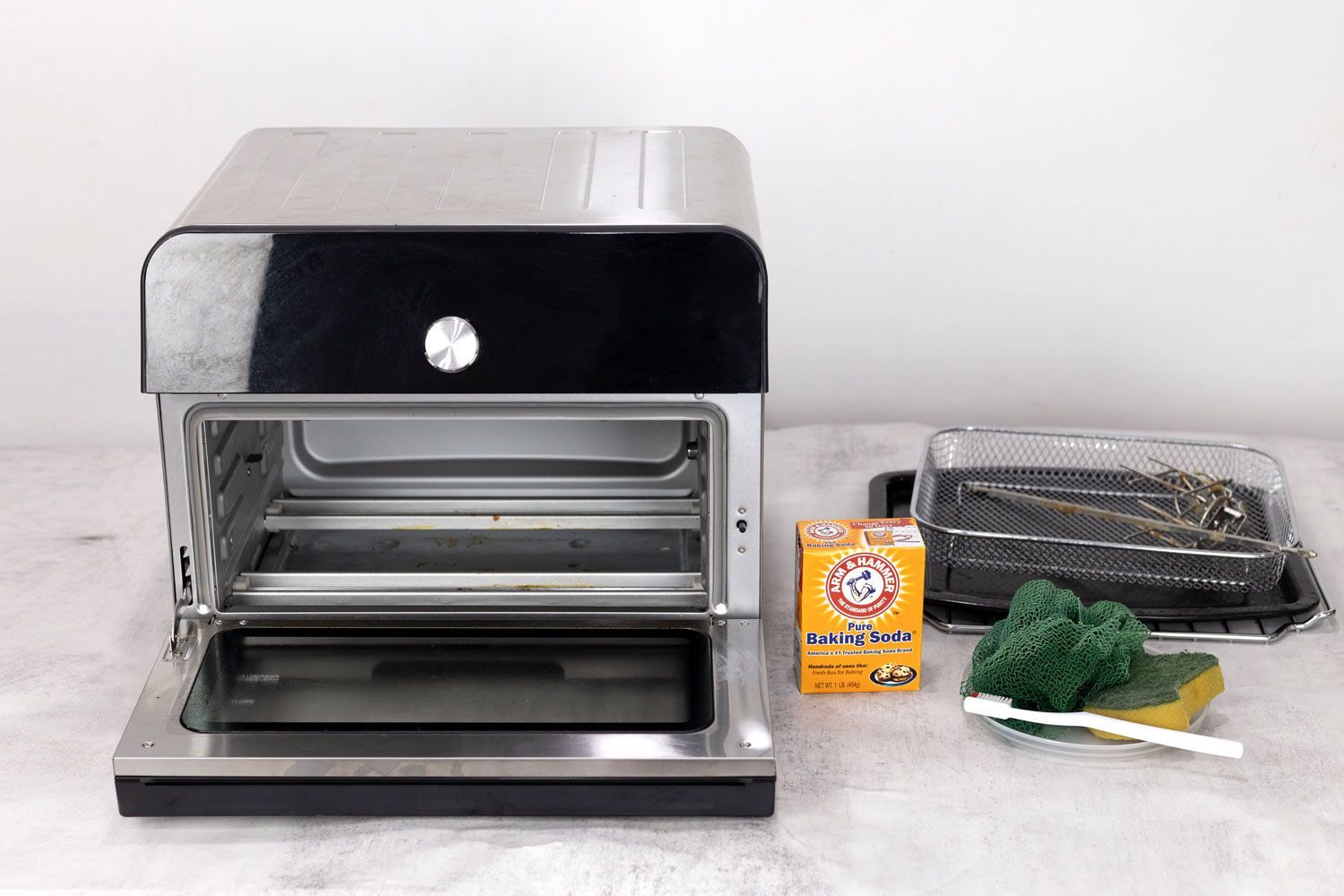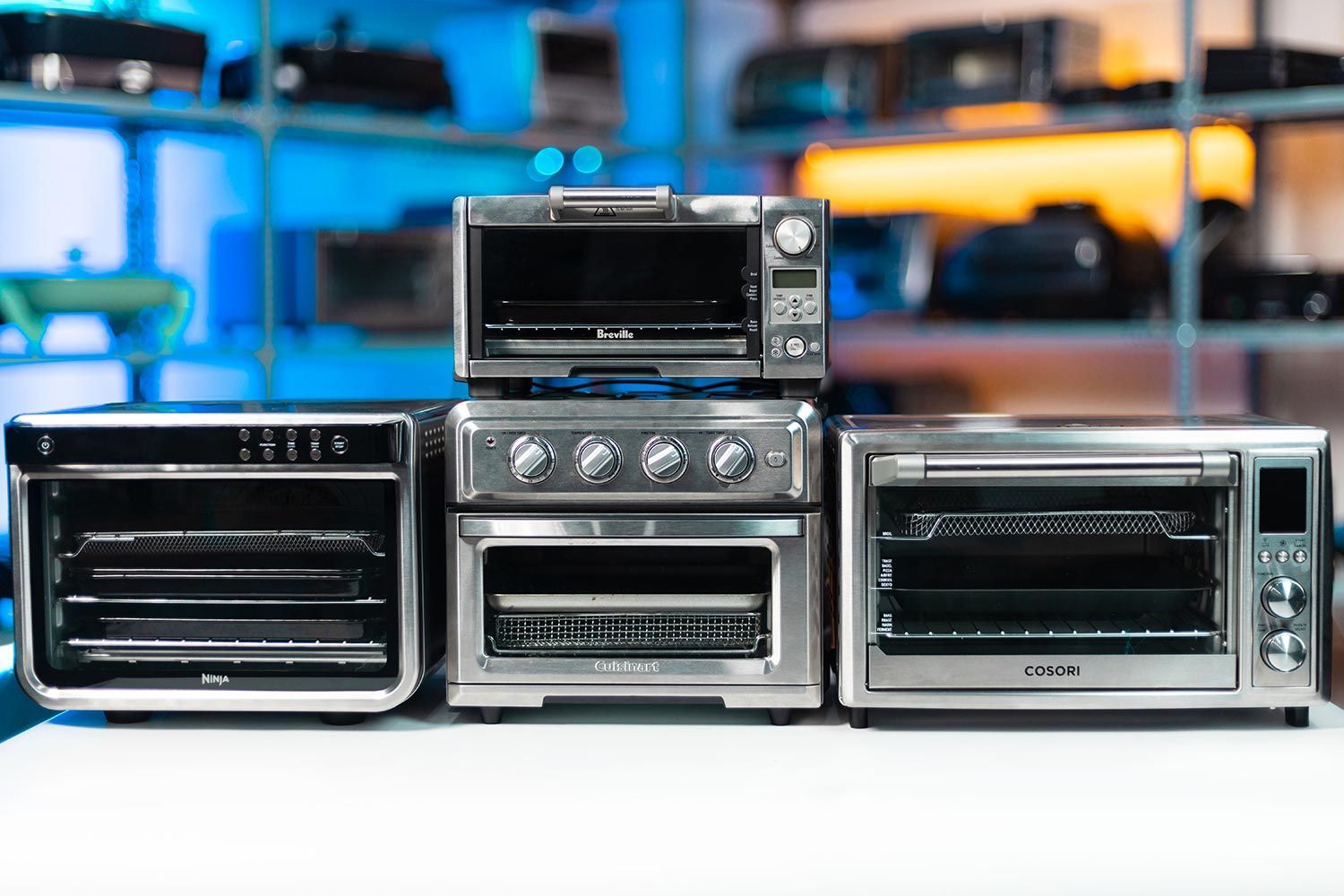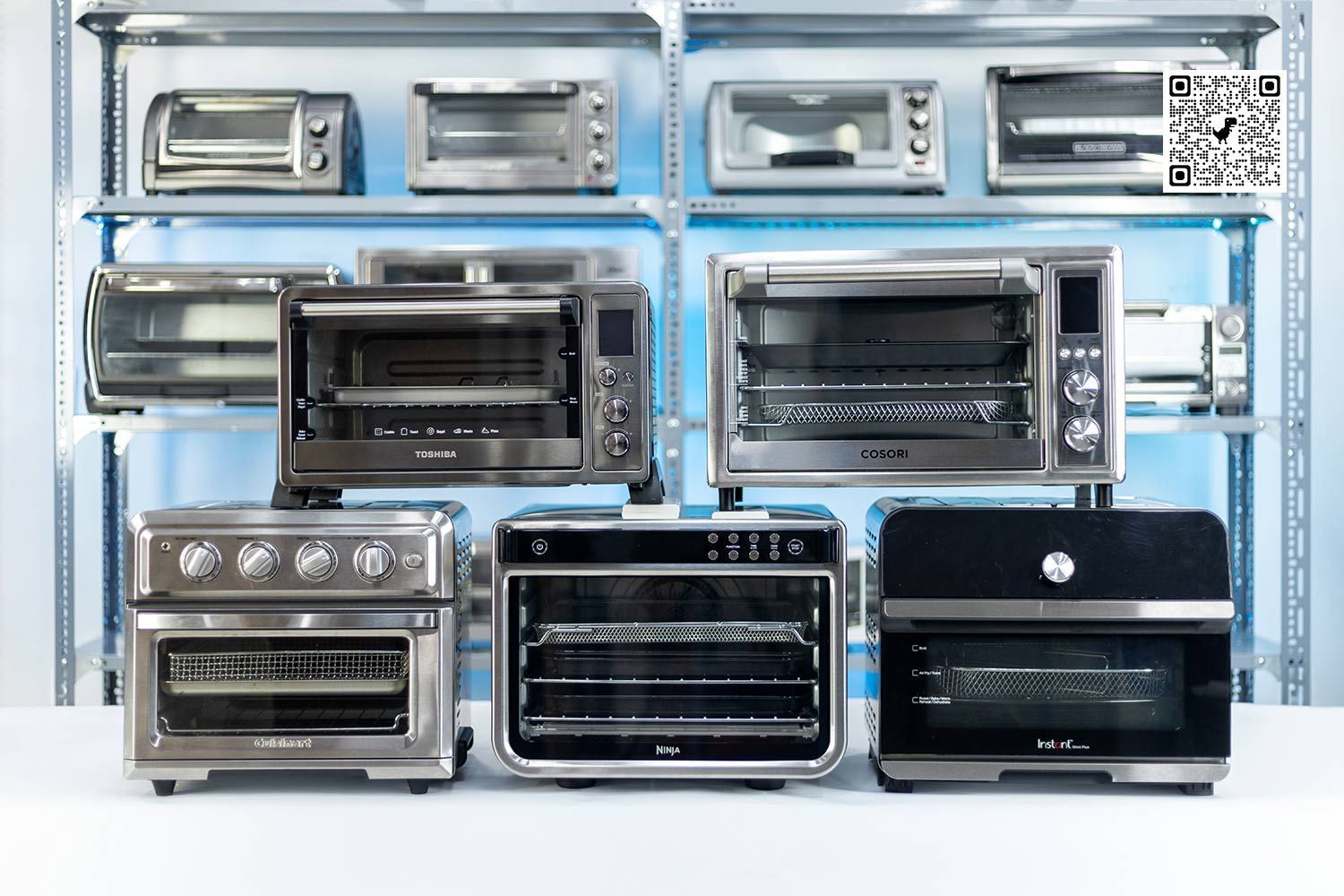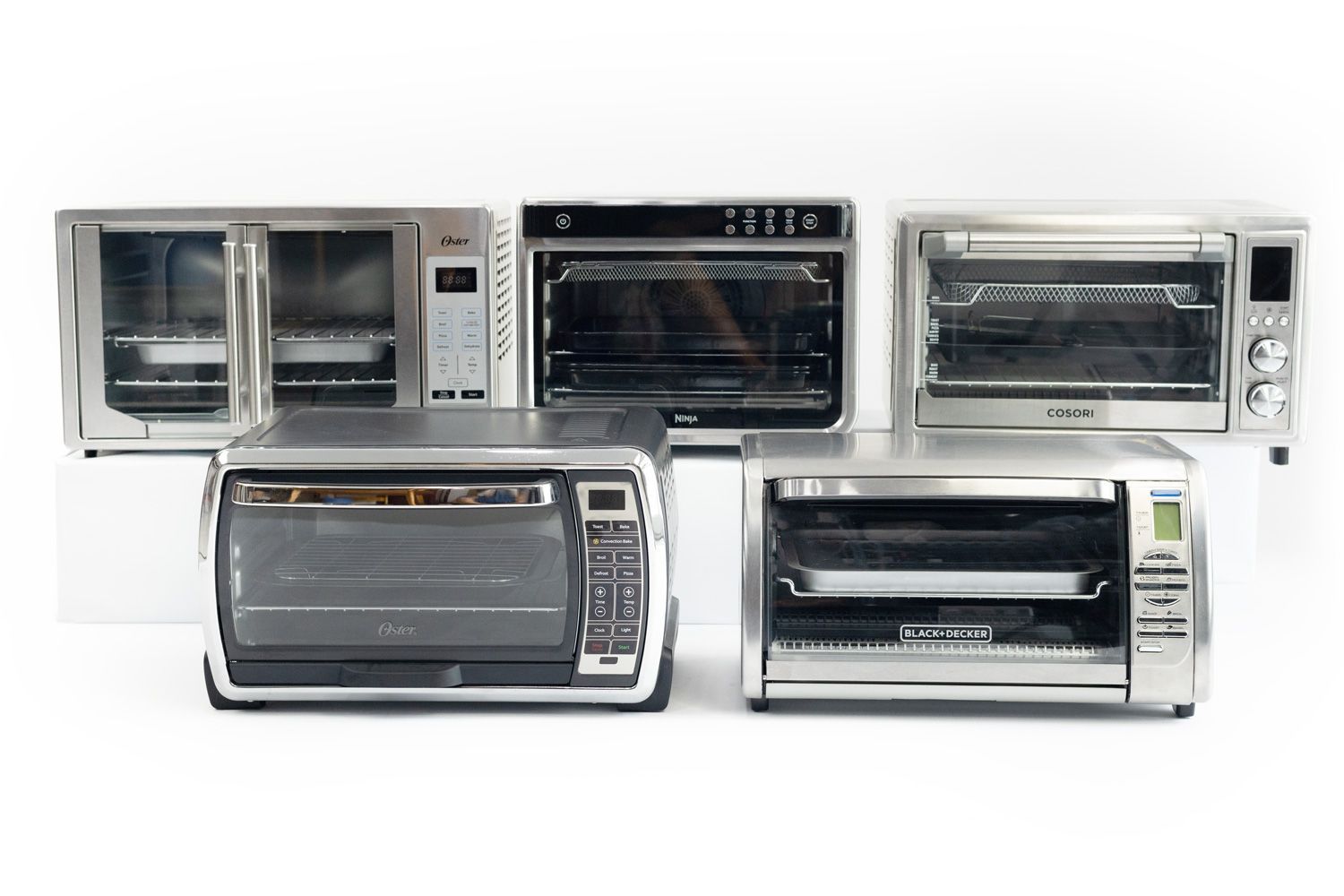Our recommendations are made independently. We may receive commissions from purchases made via our links.
How to Use A Toaster Oven
How to use a toaster oven. Six foodie ideas to utilize the cooking functions of a toaster oven compared to conventional ovens and microwaves.
We all know what a microwave oven is, but how familiar are you with toaster ovens? Over the decades, microwave ovens have become a staple in our kitchen, both at home and in the office. Their claim to fame is reheating your lunch. A very useful one-trick pony, indeed!
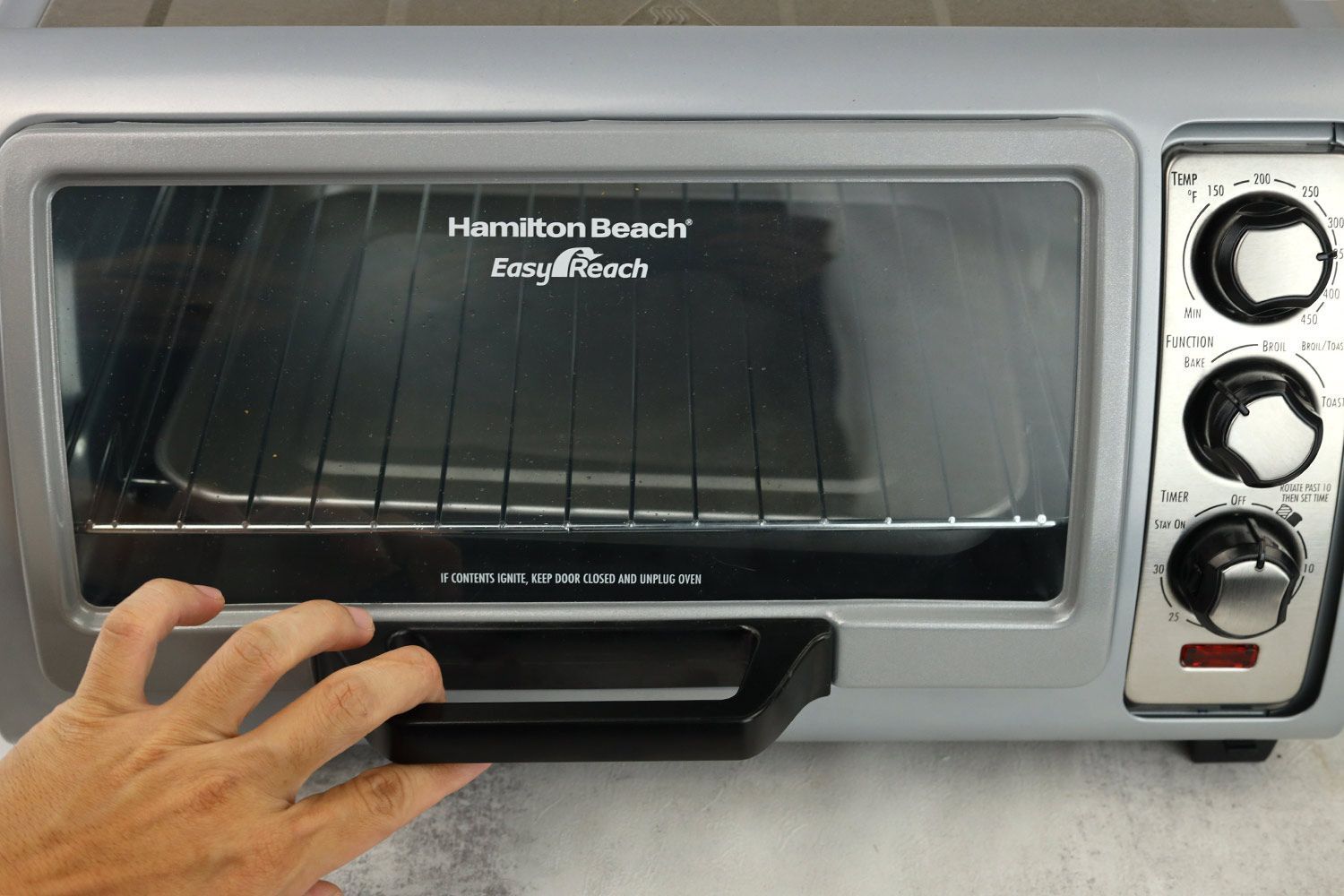
But if you are serious about making real and wholesome food, a toaster oven may be well worth the space in your kitchen. Toaster ovens have a humble name, but they can do much more than toast a slice of bread.
Let’s dive in and see how to use a toaster oven to its full potential.
Oversized Toaster or Undersized Oven?
Even if you never cook, you would know an oven or toaster if you saw one. But would you know what a toaster oven was if somebody showed it to you?
Toaster ovens are a good alternative to the conventional oven when dealing with smaller volumes of food. It is ideal for people with limited space. It can do most of the things a conventional oven can, uses less energy, and preheats faster. It also heats up your kitchen less on those hot days.
The Basics
A typical oven has two sets of heating elements, one above and one below. Small models tend to have a total of only two heating elements while medium and larger counterparts can have four or more heating elements.
A frontal door separates the cooking chamber from the outside. Inside the cooking chamber, there are often two tray levels (some ovens may have more). In addition, these ovens often feature a built-in timer.
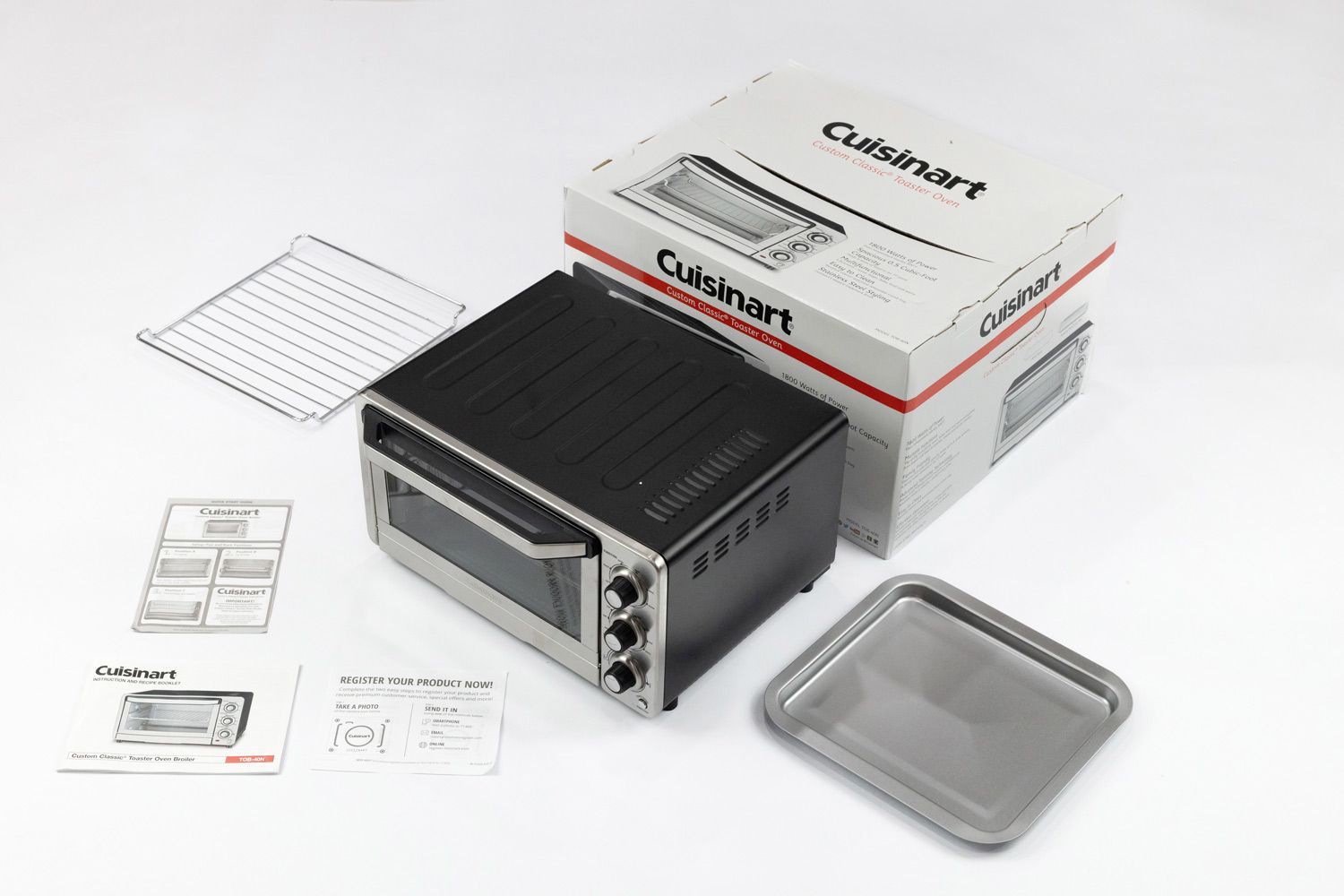
Ease of use is another consideration. The controls should be intuitive. Look for clear and informatively-labeled buttons instead of cryptic symbols. You would still want to know how to use your appliance even if you had lost your owner’s manual.
Typical settings include bake—which activates both sets of heating elements—and broil—which only activates the bottom set. Power settings control the temperature, which is regulated by a built-in thermostat.
One thing to note when buying a toaster oven is that many less expensive models have minimal thermal insulation. So before powering it up, make sure there is ample clearance between the appliance and the surfaces around it, like the walls and countertop.
Though it doesn’t pose a fire hazard, heat discoloration over time can be a concern. Anything vulnerable to heat, such as plastics, should not be placed on or near the unit.
The Fancy Extras
Because toaster ovens don’t have a turntable, hot and cold spots can develop inside the oven when cooking larger food items. To counter this, some models have a built-in fan to circulate the hot air around the chamber and even out heat distribution. These are called convection toaster ovens. Moreover, if the oven comes with an air fryer basket, it can also serve as an air fryer toaster oven.
With large items like a whole chicken, areas not in direct line-of-sight do not get radiant heat from the elements. These shaded areas may end up undercooked.
If you like a good chicken roast at home, make sure the toaster oven that you buy comes with a rotisserie. A rod or spit holding the chicken is suspended on bearing points on both sides of the chamber. A motor drive mechanism rotates the spit and the chicken. Use the convection setting for the most delicious results.

Heating elements have traditionally been made of nichrome. But manufacturers are increasingly turning to quartz elements for their toaster ovens because they respond and heat up more quickly. With traditional heating elements, the long time-lag between the request for heat and actual delivery leads to temperature fluctuations that make cooking results inconsistent.
Crump trays make cleaning a lot easier and are therefore an important feature. Look for interior surfaces that are non-stick and easy to wipe down. Accessories should be black enamel and stain-resistant.
Prior to First Time Use
If you’re using a toaster oven for the first time, don’t forget to follow these few pieces of advice:
- Place the oven on a flat surface with at least 5 inches of space above and around all sides.
- Make sure your outlet is of the correct voltage and can provide enough watts of power.
- To avoid electrical problems, do not operate the toaster oven on the same circuit with another appliance.
- Make sure the interior of the oven is dry and clean before use.
- New ovens have a distinctive smell from their materials and protective layering that you need to burn off. Do this by setting the temperature to max, the convection on, and timer to 15 minutes. It’s normal to see smoke during this process for a new oven and it will not last longer than 15 minutes.
How to Use a Toaster Oven - Foodie Ideas
A toaster oven is an all-in-one kitchen appliance serving multiple purposes. You can use it to cook almost everything, from broiling steak to dehydrating fruits and vegetables. Some of its top uses have been incorporated into how we test toaster ovens, and here are six common uses for your toaster oven.
1. Toast Bread
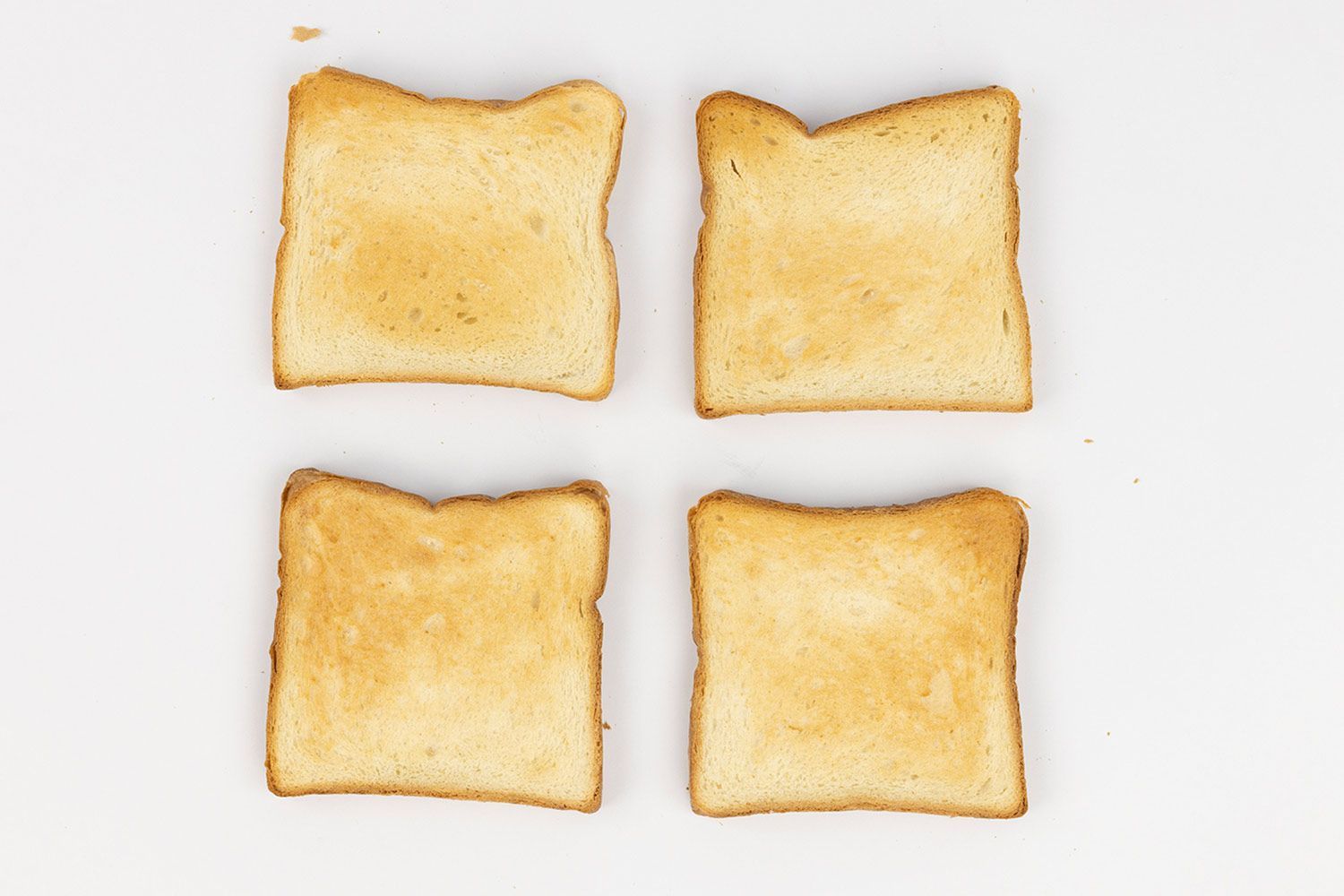
If you’re simply toasting bread, you can refer to our comprehensive reviews to know the best toasting level for each toaster oven. You’ll need to adjust, maybe crank it up by one level if you want to add toppings. Spread each side of a slice of bread with butter, cheese, or mayonnaise and top it with bacon and tuna, or keep them plain.
2. Roast Meat
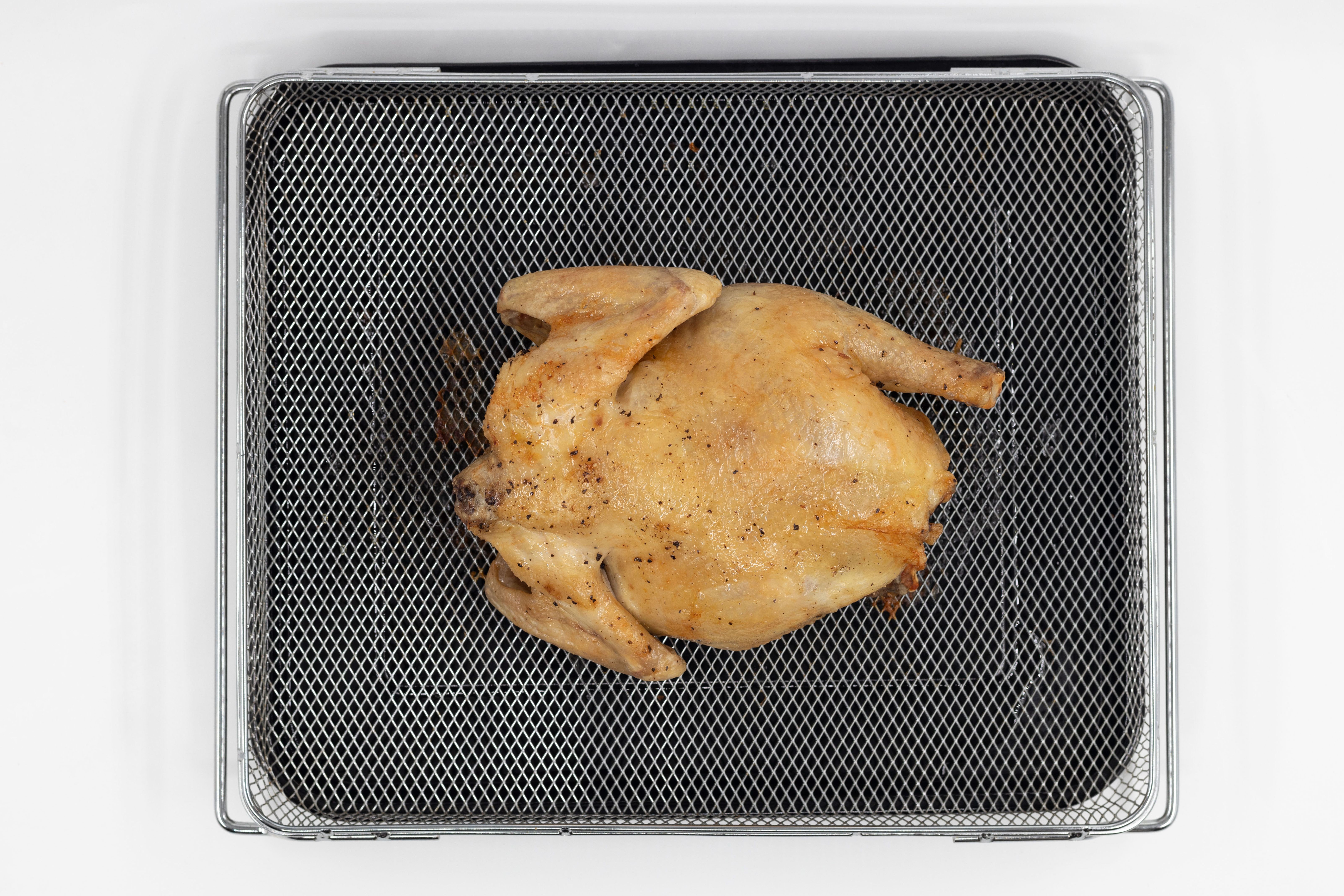
First and foremost, preheat the oven to 350°F. Rub the meat (beef, pork, chicken, turkey, etc.) with pepper, olive oil, garlic salt, and onion powder. After putting the food in, set the timer to an appropriate duration (the cooking time is dependent on your tastes, types of meat, and what sauces are being used).
3. Bake Cakes/Cookies/Muffins
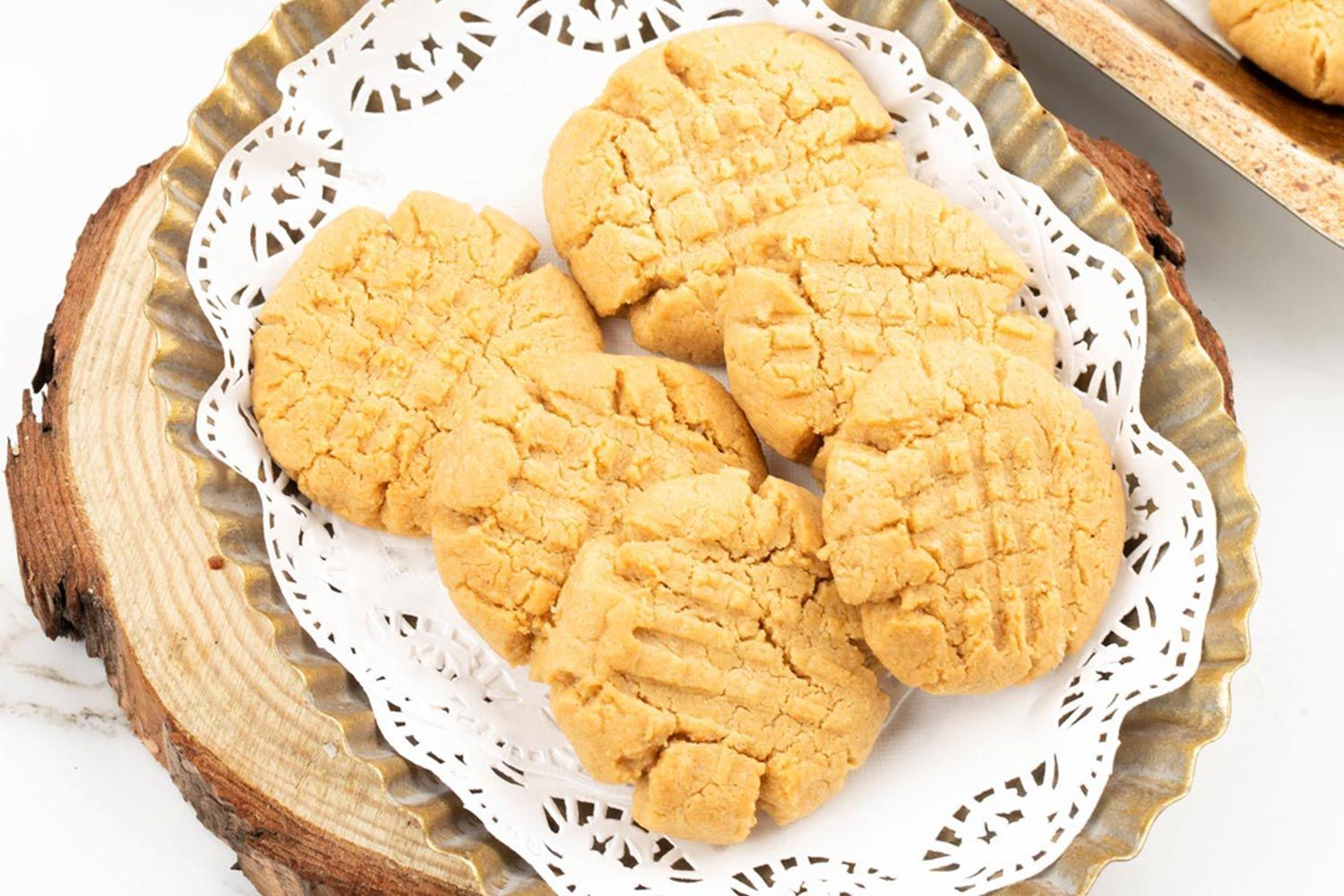
As we all know, baking sweets requires exact measurements, so feel free to refer to one of our favorite cookie recipes. Remember to not use the convection setting when making these foods.
4. Broil Steak
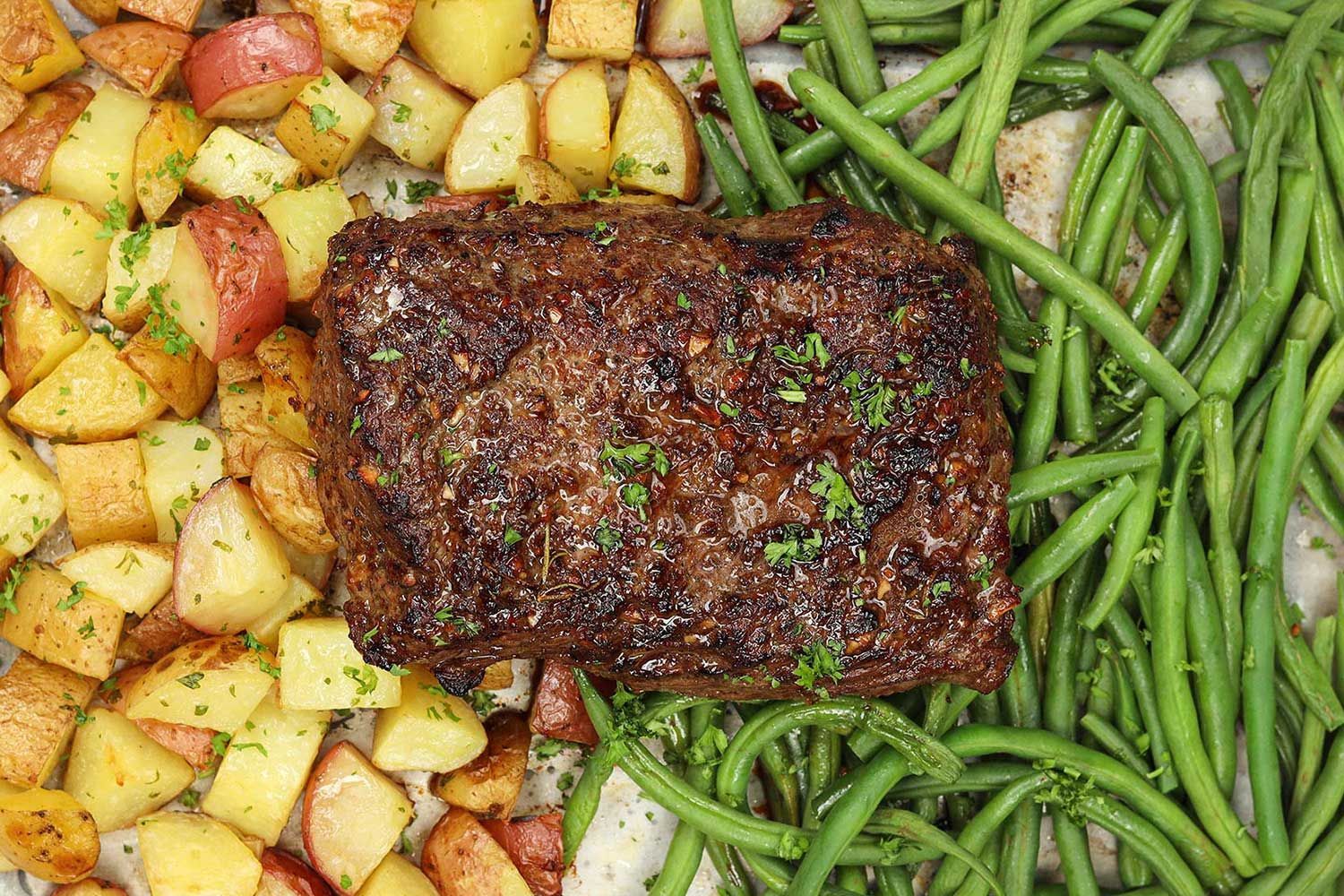
First, coat a skillet with cooking spray and place it inside the toaster oven. Next, set the oven to the broil setting for at least 5 minutes. While everything’s heating up, season each side of steak with desired ingredients. Once the pan is hot, put the steak in and cook it for 10 minutes or until the steak’s internal temperature reaches at least 145°F.
For those of us who enjoy roasted asparagus or cheese bread, the broiling capability will come in handy. Some toaster oven designs do not allow you to place the rack close enough to the top for the best broiling effect.
When picking your toaster oven, make sure it offers a range of rack positions. Since broiling can easily burn the food, make sure the door doesn’t obstruct your view of it.
5. Reheating Leftovers
There are many things that can be reheated in a toaster oven. Just a few examples are pizza, bread, fried foods, baked goods, roasted/grilled meats, and cooked seafood. Before starting the process, make sure to cover your food with foil to keep it from drying out.
Warm Plates Before Serving
We all know that plates that are warmed before serving food will help keep food hot for longer, but we rarely know that toaster ovens can serve as a warmer too. Here is a simple tip that you might want to start implementing today — place your plates on an oven rack, set the oven to 150°F (or at its lowest temperature), and let it run for 1-2 minutes.
The Bottom Line
At first glance, it’s not easy to see the point of a toaster oven. It doesn’t have the overwhelming size and bulk cooking power of a conventional oven. And it doesn’t toast bread quite as efficiently as an actual toaster. But thanks to the shrinking of family sizes and the homes they live in, a compact oven that can do most of the things of a regular oven might be just what they need.
After learning how to use a toaster oven, do you wonder if the conventional oven might suddenly be too big for your needs?
